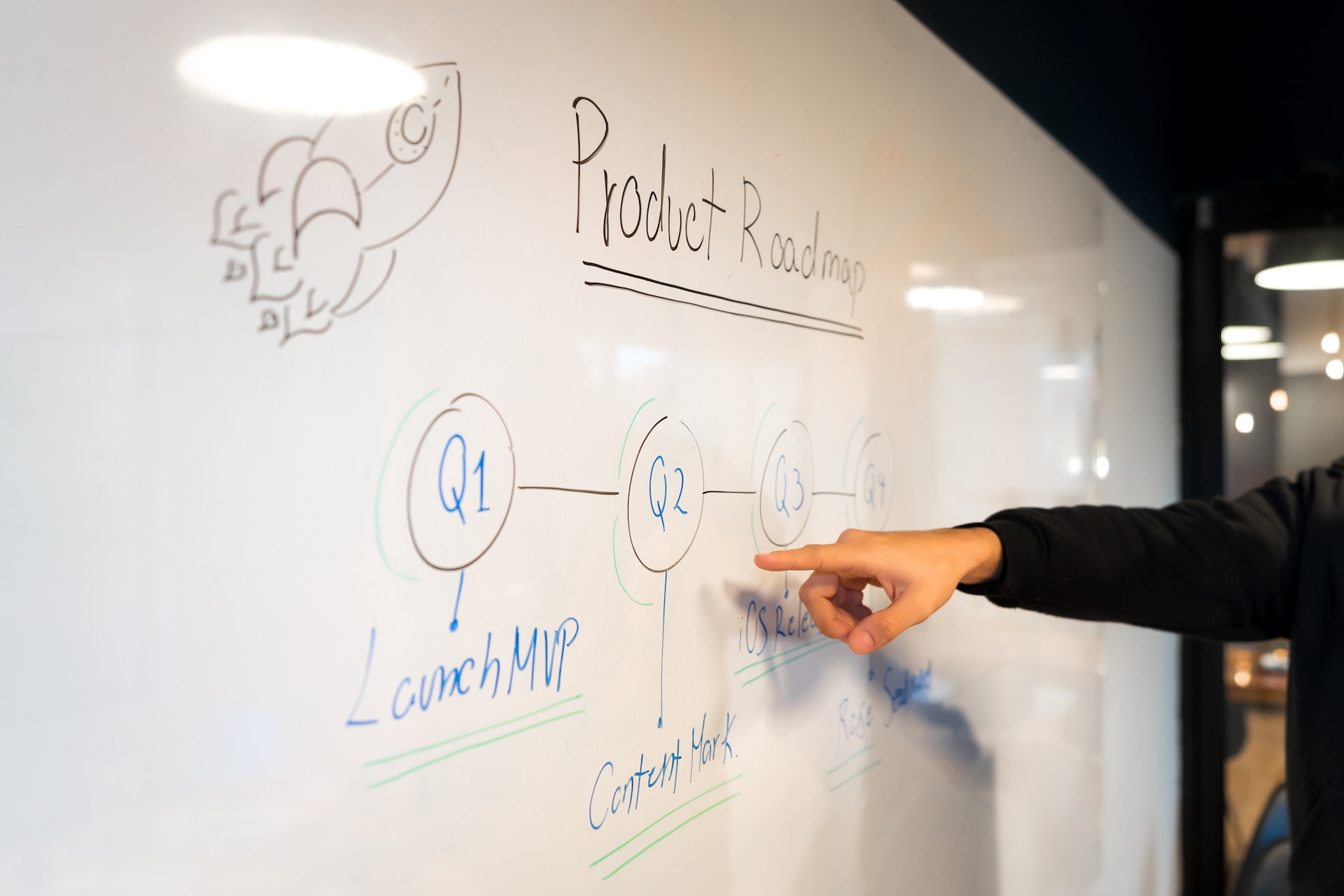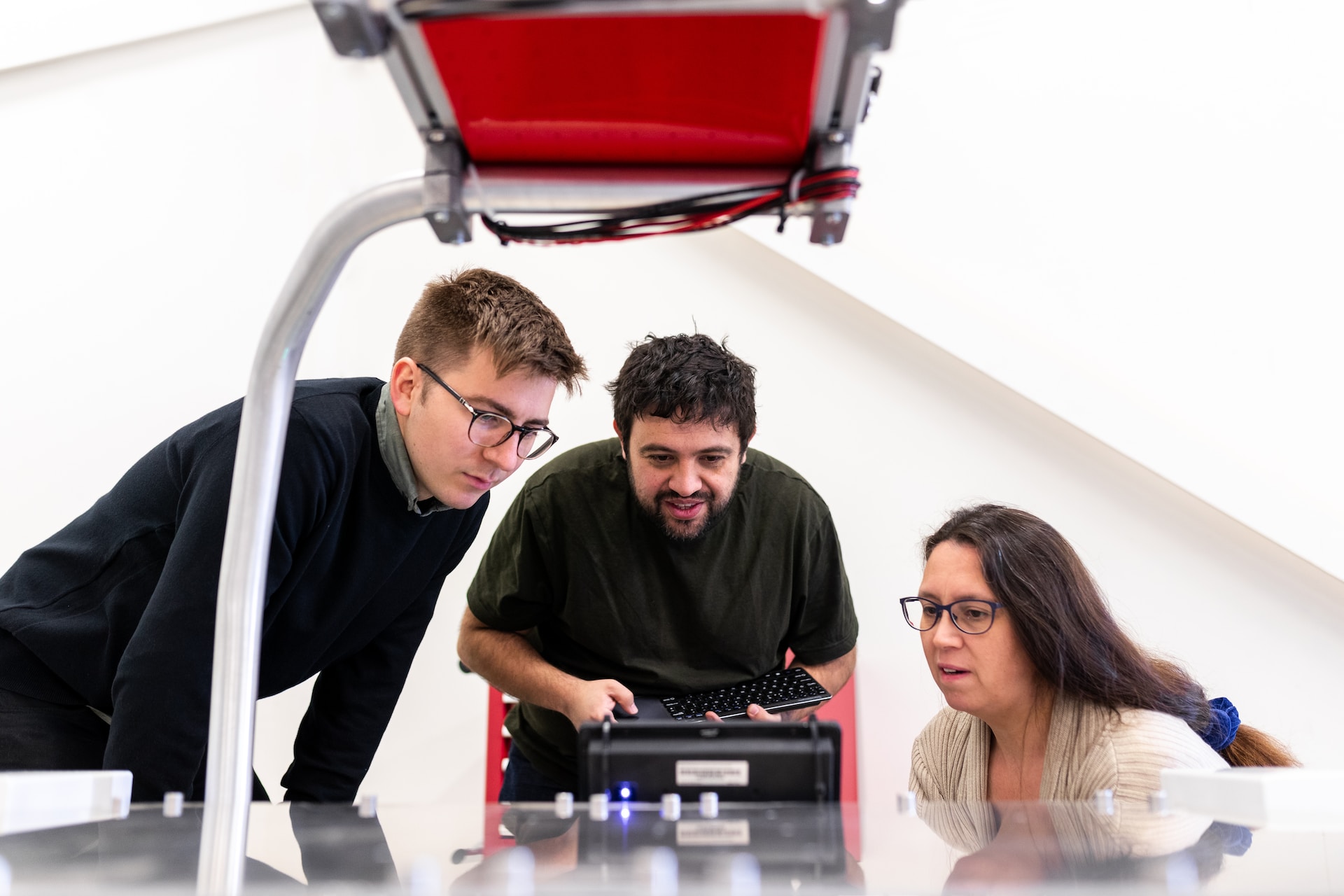
Why You Need to Plan for Product Testing
- Identifying defects: Testing helps uncover issues in your product, allowing you to address them before they negatively impact your customers.
- Validating functionality: Through testing, you can ensure that your product functions as intended and meets the needs of your target audience.
- Enhancing user experience: By identifying and resolving usability issues, you can create a more satisfying and enjoyable experience for your customers.
- Reducing costs: Catching and fixing issues early in the development process can help you avoid costly fixes and potential damage to your brand reputation.
Types of Product Testing
Unit Testing
Integration Testing
System Testing
Acceptance Testing

Best Practices for Effective Product Testing
Develop a Comprehensive Test Plan
- Testing objectives: Clearly define the goals of your testing efforts, such as validating functionality, identifying defects, or verifying performance.
- Test scope: Determine the extent of testing required, including which components or features will be tested and any limitations or constraints.
- Test strategy: Outline the testing methods and techniques you will employ, such as manual or automated testing, as well as the specific types of tests you will conduct.
- Test schedule: Establish a timeline for your testing efforts, including deadlines for each testing phase and milestones for tracking progress.
Prioritize Test Cases
- Risk: Focus on testing areas with the highest potential risk or impact on your product's functionality or user experience.
- Complexity: Prioritize testing for complex components or features, as they are more likely to contain defects or issues.
- Frequency of use: Test frequently used features or components, as issues in these areas will have a more significant impact on your customers.
Employ Both Manual and Automated Testing
- Manual testing: This method involves human testers manually executing test cases and assessing the results. Manual testing is ideal for exploratory testing, usability testing, and testing scenarios that require human intuition and judgment.
- Automated testing: Automated testing uses scripts or tools to execute test cases and compare the results against expected outcomes. This method is particularly useful for regression testing, load testing, and testing repetitive tasks that can be time-consuming and error-prone when performed manually.
Leverage User Feedback
Monitor and Learn from Testing Metrics

Key Takeaways for PMs
Related Courses
AB Testing for Data Scientists & Product Managers
Learn to design A/B tests that drive real product decisions - from metrics and hypotheses to business impact.
Product Strategy Workshop
Use the step-by-step approach I developed at Netflix to craft a product vision, align around strategy, and hold product teams accountable.
Mastering AI Product Strategy: From Ideas to MVP
Learn the AI skills you need to evaluate opportunities, design experiences, and build AI-powered products—without coding
Insight Driven Product Management for Growth - Scale Impact in any Organization
You'll analyze patterns between datasets and interpret data to uncover insights. You'll master strategic thinking and product execution.
Mastering Product Reviews for IC Product Managers
Get expert-led, intensive PM practice & feedback on framing, communicating, and landing successful product reviews.
One Week Product Roadmap
Learn how to cut through the noise, prioritize for outcomes, align stakeholders, excite teams, and start executing in just 7 days.
You might also like

The Essential Guide to Customer Journey Mapping for Product Managers

10 Product Roadmap Mistakes to Avoid

How to Translate Your Product into Multiple Languages

